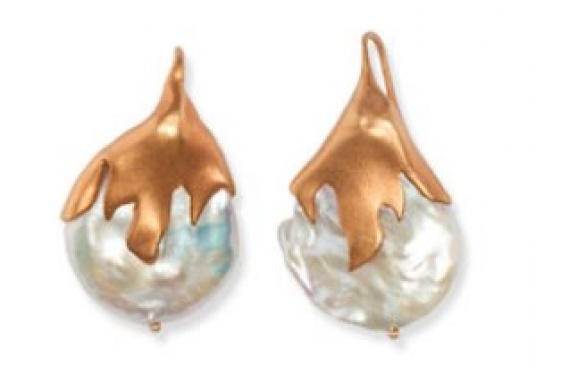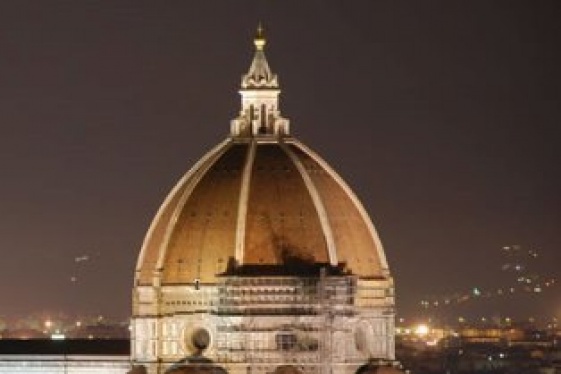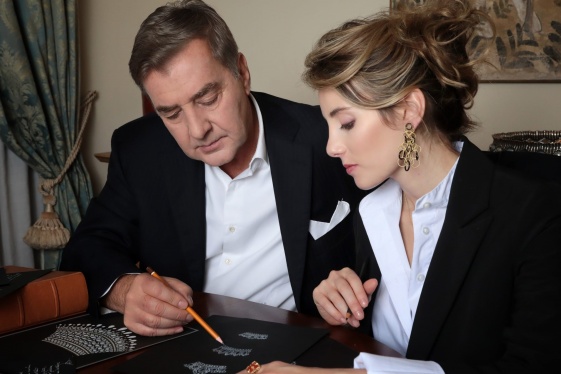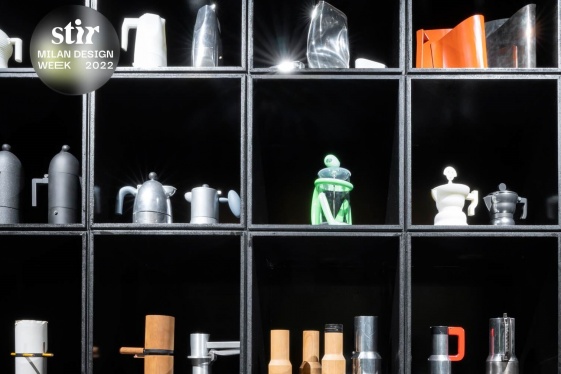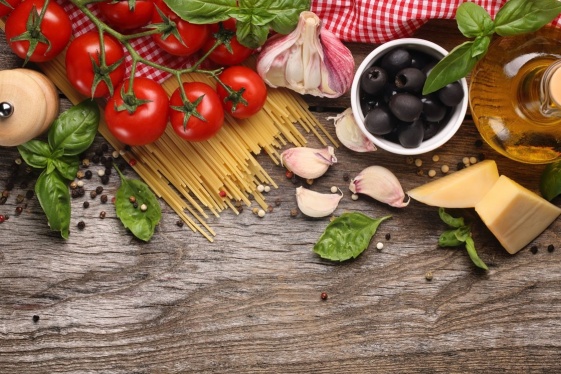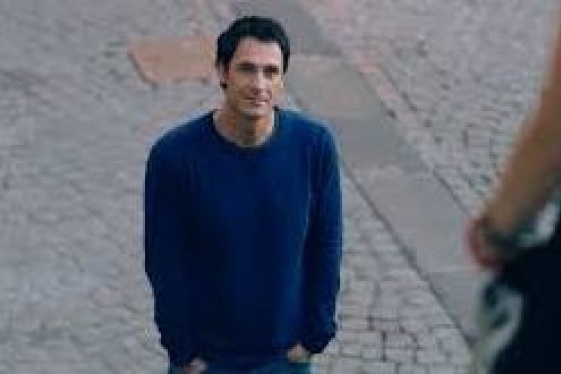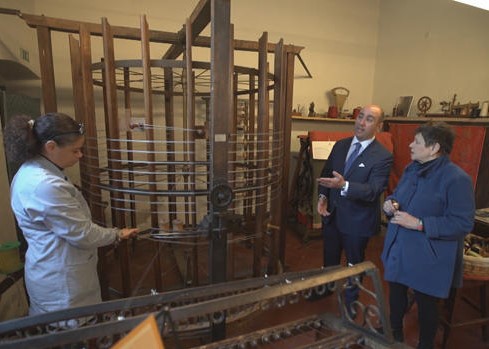

At the end of the 1400s Leonardo da Vinci designed a "warping machine," to be used by weavers to wind thread. A version of it was built in the 1600s, and that very machine is still in use today, at silkmaker Antico Setificio Fiorentino, in Florence, Italy, to make braids. The firm's CEO, Filippo Ricci, then showed correspondent Martha Teichner the 1700 looms. In 1786, the city's most prominent families handed over their personal looms so Florence could go into business producing the luxury fabrics its aristocrats wore.
A city of businessmen and bankers, Florence was always into conspicuous consumption. Just look at its art, and the gold jewelry sold on the Ponte Vecchio (which translates to the old bridge), Spanning the Arno River, the bridge dates back to 1345. "Originally it was a place for selling fish and meat," said Elaine Ruffolo, an American Renaissance art historian who lives in Florence. "And when the Medici became Grand Dukes of the city, they don't like the smell of all that fish and meat, and so they changed the function of the bridge to the place for the goldsmiths. And it has had gold shops on this bridge since 1565."
SOURCE: https://www.cbsnews.com
You may be interested
-
Italian auto supplier Brembo to build new U....
Italian brakes maker Brembo will build a new foundry in Michigan to expand its manufacturi...
-
L'Arte del Gioiello Italiano - Lecture and T...
How has Italy influenced the world of Jewelry? Join us for a special lecture on the a...
-
Lecture and Concert that bring Italy to New...
Saturday, february 28 - 7 pm ESTChrist & Saint Stephen's Church - 120 W 69th St,...
-
'A small New York': Palm Beach to become home...
Miami-born and Italy-raised, jewelry designer and accomplished equestrian Lucrezia Buccell...
-
'Alessi 100-001' celebrates 100 years of Ales...
Iconic Italian design brand Alessi is celebrating its centennial with an exhibition titled...
-
'Be Italian' fa viaggiare l'America nell'Ital...
Conto alla rovescia per Be Italian, il nuovo salone organizzato da Lombardia Fiere dedicat...
-
'Buongiorno Papà' vince Nice Festival Usa
'Buongiorno papà' di Edoardo Leo, film sui quarantenni single in Italia, interpretato da R...
-
'Call Me By Your Name' director Luca Guadagni...
Filmmaker Luca Guadagnino revealed in a recent interview that he has no immediate plans to...




